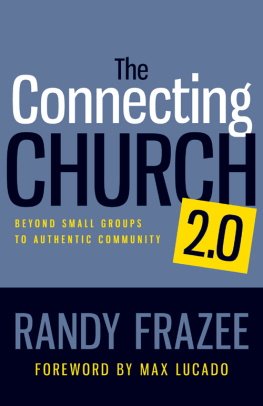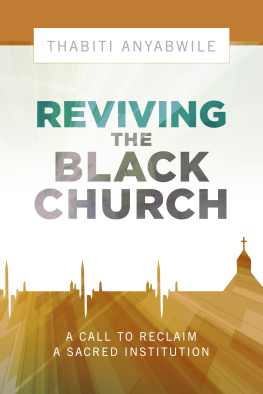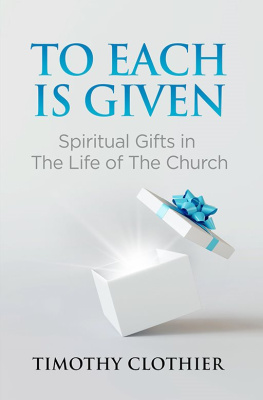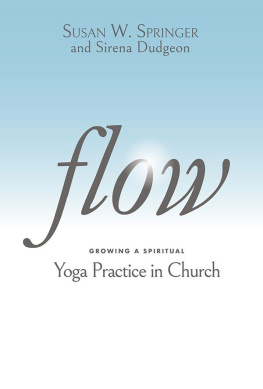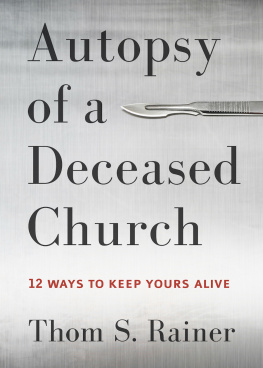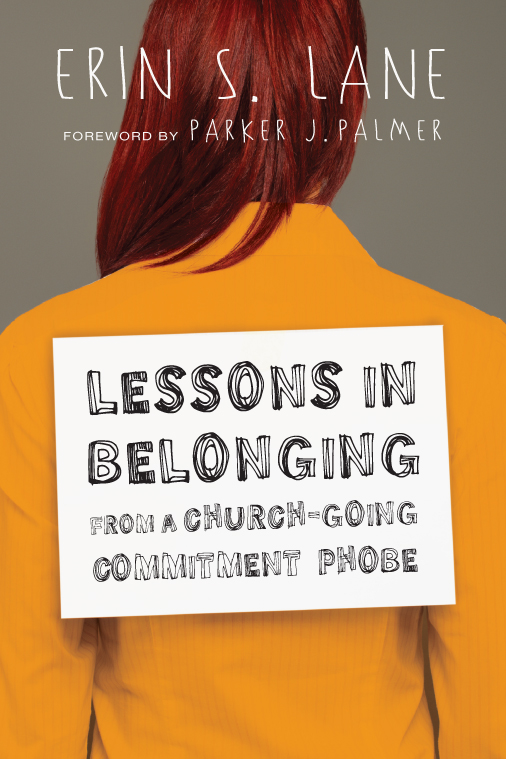InterVarsity Press
P.O. Box 1400,
Downers Grove, IL 60515-1426
ivpress.com
2015 by Erin S. Lane
All rights reserved. No part of this book may be reproduced in any form without written permission from InterVarsity Press.
InterVarsity Pressis the book-publishing division of InterVarsity Christian Fellowship/USA, a movement of students and faculty active on campus at hundreds of universities, colleges and schools of nursing in the United States of America, and a member movement of the International Fellowship of Evangelical Students. For information about local and regional activities, visit intervarsity.org .
Scripture quotations, unless otherwise noted, are from the New Revised Standard Version of the Bible, copyright 1989 by the Division of Christian Education of the National Council of the Churches of Christ in the USA. Used by permission. All rights reserved.
While the stories in this book are based on real people and events, some names and identifying information may have been changed to protect the privacy of individuals.
Cover design: Cindy Kiple
Images:Zoran Zeremski/iStockphoto
ISBN 978-0-8308-9762-9 (digital)
ISBN 978-0-8308-4317-6 (print)
This book is dedicated to my family,
the seedbed of my belonging and the source of my walking roots. I picture us like the mangrove trees propping ourselves up against the tides and sipping oxygen like straws. We may look anemic, but we are survivors.
To Perk,
who taught me how to trust my whims as whispers of the Spirit
To Dad,
who taught me how to show up past the point of comfort
To Charlie,
who taught me that to go big you have to risk it all sometimes
To Rush,
my plot of solid ground.
Your stability allows me to soar.
CONTENTS
FOREWORD
At age seventy-five, Im a very lucky guy. As a writer, teacher and activist who seems to lack retirement skills, I have regular opportunities to work with insightful, engaged and engaging people half my age or less. Theyre important to me not only because of their life-giving spirits, but also as my distant early warning system.
At my age, I feel as if Im standing somewhere down the curvature of the earth, no longer able to see the horizon that the young can see from where they stand, higher up that curve. To be alive and responsive to the world as it is today, I need younger people to tell me what they see and hear coming across that horizon, because its coming my way too. (Note for older readers: the phrase Im standing somewhere down the curvature of the earth is a clever way of saying Im over the hill without making it sound too bad.)
Erin Lane, who wrote this book in her late twenties, is a friend and valued colleague at the Center for Courage & Renewal, a nonprofit I founded some twenty years ago. As this important book reveals, she is passionately engaged with what it means to be church and with calling the church to its fullest potential. Even more fundamentally, she is passionately engaged with what it means to be fully humanwhich, in my mind, means to live into the image of God in which we were all created.
If the church cannot encourage and support us in our full humanity, it does not have a future, nor does it deserve one. But whats refreshingly radical about this book is that the author spends little time berating the institutional church and its leaders for failing to address the needs of the rising generation, nearly one-third of whom dont belong to a religious organization. Instead, she locates the problemand the solutionin the psyches of her own generation. Among Millennials, she says, belonging is a lost art. Its not simply that weve chosen not to belong. Its that weve forgotten how.
Now that, it seems to me, is a genuine insight, worth pondering at length. And from where I stand on the earths curvature, it applies not only to Erin Lanes generation, but to those of her parents and grandparents. This book gives all of us a new way to look at the oft-noted and oft-bemoaned decline of community and rise of individualism in our culture.
Belonging is a lost art up and down the generational continuum and all of us, no matter what our age, need the lessons in belonging that this books title promises. Its a promise richly fulfilled time and time again as the book moves along, as this brief overview of some of its themes suggests.
- Belonging to one another is our birthright gift.
- Belonging is not a set of feelings we depend on but a set of practices we enact.
- Belonging requires a choice to trust others and risk the consequences.
- When we risk trust, we risk vulnerability, which is what ultimately deepens our belonging.
- Belonging requires discernment about which relationships and which communities can help us be and see ourselves rightly.
- Belonging gives us what we yearn foran exchange of gifts that brings reconciliation.
Thats a list of teasers, not spoilers, because each of these items opens big and challenging questions: How do we learn this? How do we do this? How do we stay with this, even when the going gets rough? Erin Lane never offers glib answers. In fact, she does not offer answers at all, and thats a good thing when the questions involved are not conventionally answerable. Instead, she offers honest, grounded, human-scale pointers to the way forward, always rooted in her own real struggle to belong.
Its Erin Lanes struggle as much as her counsel that makes this book so important. She does not preach from on high in these pages. Instead she shares her mind and heart from the trenches of what she calls the messy business of belonging to one another. If you are looking for yet another sanitized treatise on the joys of Jesus and his church, do not open this book. But if you want real talk about real dilemmas in our own broken lives and the broken life of the church, this book is for you.
For me, one of the virtues of many Millennials is that they talk about real-life stuff with a vulnerability unknown in my generation, or those that preceded mine. If Id heard more real-life talk when I was young, real life might not have taken me by such surprise! Erins account of her own struggle as a church-going commitment phobe reminds me of the chorus of Leonard Cohens song Anthem: Ring the bells that still can ring/Forget your perfect offering/Theres a crack in everything/Thats how the light gets in. Theres a lot of light in this book.
Like most of us, I belong to a variety of communities: family, clusters of friends and colleagues, a religious community, a civic community. But unlike most people, I spent eleven years living in a so-called intentional community, where I shared a daily round of worship, work, study, social action, decision-making and common meals with some eighty people. At the end of my first year, I came up with Palmers Definition of Community: Community is that place where the person you least want to live with always lives. At the end of my second year, I came up with Palmers Corollary to Palmers Definition: And when that person moves away, someone else arises immediately to take his or her place.
What Erin Lane understands is that the demands and vexations of life together are not the death knell of communitythey are doorways into deeper relationship as we work through our disillusionments with community, others and ourselves, and find the solid ground of reality that lies beneath illusion. If more and more people could understand that factand hang in with one another long enough to experience the blessingwe and all the communities we belong to would be the richer for it.


